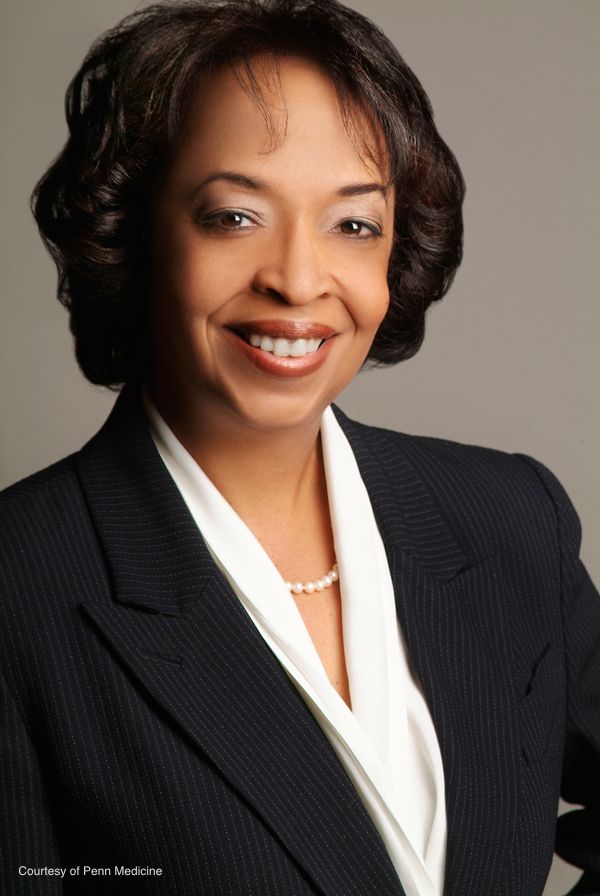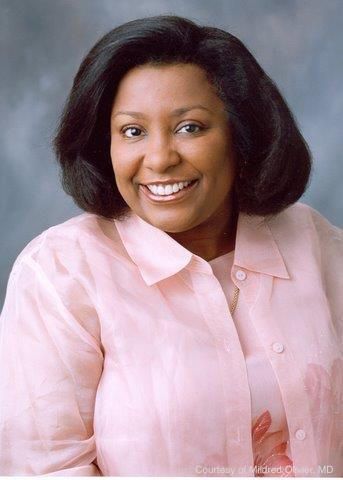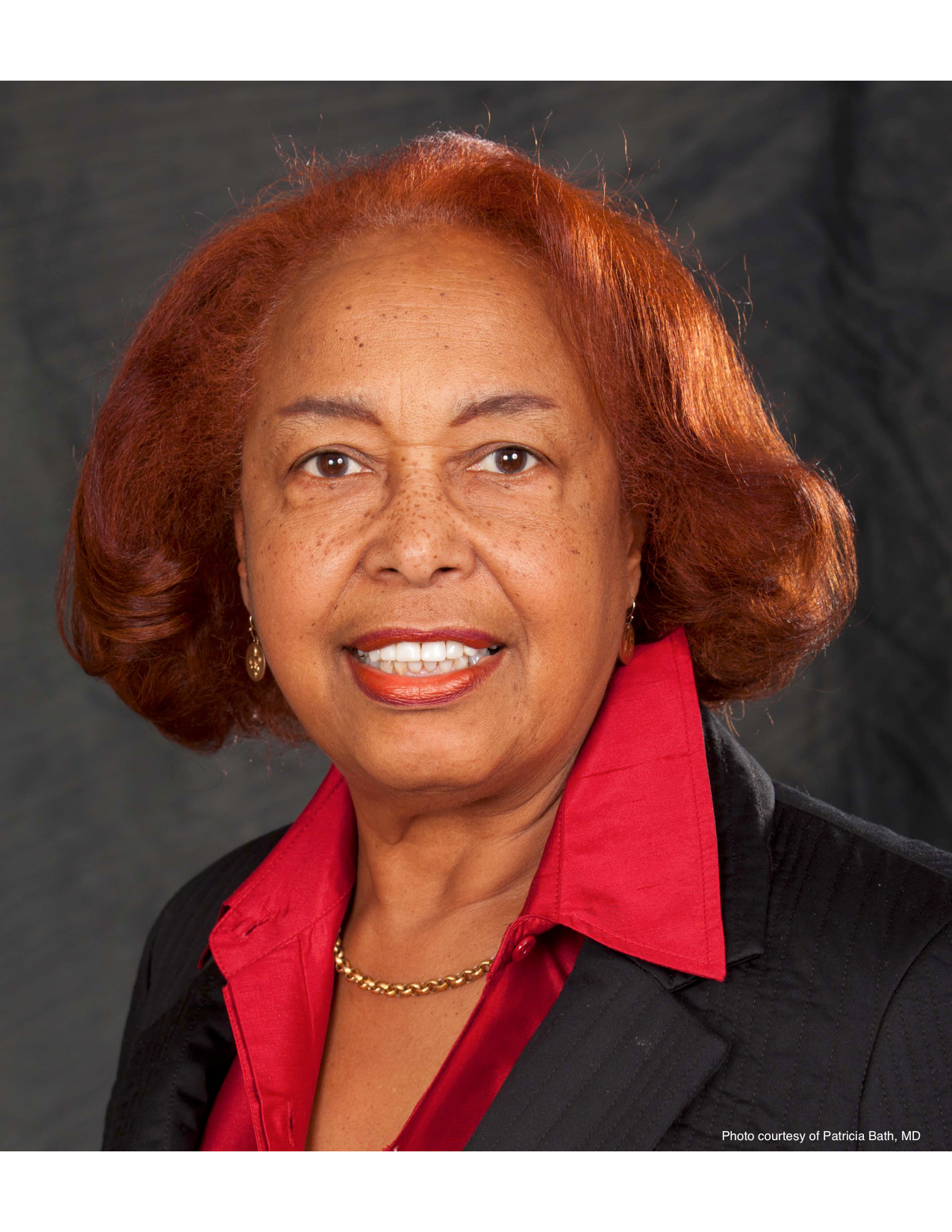Article
Celebrating Black History Month in the ophthalmic community
Author(s):
While there is still a long way to go for better representation in ophthalmology and medicine in general, let’s take a look at some of the pioneers and achievements of the African American ophthalmic community up until now.
The numbers tell the story: African Americans make up 12.8% of the U.S. population, while only 2.9% of ophthalmologists. Meanwhile Caucasians, who make up 72.4% of the population, compose a similar 76.7% of the ophthalmic community.
While there is still a long way to go for better representation in ophthalmology and medicine in general, let’s take a look at some of the pioneers and achievements of the African American ophthalmic community up until now.
In the mid 1900s, less than two African Americans would graduate pursuing ophthalmology per year. Today, the number of annual African American graduates is closer to 10.
Eve Higginbotham, SM, MD
Eve Higginbotham, SM, MD

Dr. Higginbotham (photo courtesy of Penn Medicine) was the first woman to head an ophthalmology department of an academic medical center in the United States. She was chair of the Ophthalmology and Visual Sciences Department at the University of Maryland School of Medicine in Baltimore.
She is currently Vice Dean for Diversity and Inclusion, Perelman School of Medicine, University of Pennsylvania, Philadelphia, and Visiting Scholar for Health Equity at the AAMC. Her specialty is in glaucoma.
She was a mentor to Mildred Olivier, MD.
Mildred Olivier, MD
Mildred Olivier, MD
Dr. Olivier (Photo courtesy of Mildred Olivier, MD) met Dr. Higginbotham at the University of Illinois, where Dr. Higginbotham became a mentor to her.

“I ended up specializing in glaucoma because of her,” Dr. Olivier said. “People need all kinds of mentors, but sometimes [understanding] the struggles of a person of the same culture can really help.”
Dr. Olivier explained that for many young African American students, their peers generally discourage the idea of going into medicine. She said by giving these students mentors, “it becomes a different world. What you get is, ‘You can do this!’”
Dr. Olivier has spent several years studying the underrepresentation of certain ethnic groups in medicine and creating a taskforce to best provide mentors to the following generation of ophthalmologists.
“I think it’s about exposure,” she said. “Getting them from the classroom to the profession is very challenging.”
Dr. Olivier is a member of the American Academy of Ophthalmology Board of Trustees
She is now professor of surgery and assistant dean for Diversity and Learning Environment at Rosalind Franklin University of Medicine and Science at Midwestern University. She is also CEO and founder of Midwest Glaucoma Center, Hoffman Estates, Illinois.
She also has received multiple awards for her international work in Haiti. She also co-authored the book Maintaining the Target Intraocular Pressure.
She said organizations like the Roman-Barnes Society bring in people who can give exciting talks highlighting the work of African American pioneers in different fields.
Roman-Barnes Society
Roman-Barnes Society
The Roman-Barnes Society, founded in 1967, was named after Charles V. Roman, MD, and William Harry Barnes, MD. It’s purpose was to recognize African Americans’ contributions to the field of ophthalmology and provide an opportunity for lectures that address addressing eye health for at-risk populations, particularly those of African
American descent.
Dr. Roman was the first African American trained in ophthalmology and Dr. Barnes was the first African American board certified otolaryngologist.
Axel C. Hensen, MD, the first African American to be professor of ophthalmology at Meharry Medical College, Tenn., gave the first keynote address of The Roman-Barnes Society.
The Roman Barnes Society continues to meet every year in conjunction with the AAO.
Patricia Bath, MD
Patricia Bath, MD

Born in 1942 in Harlem, New York, Dr. Bath would go on to become the first female faculty member at the UCLA Department of Ophthalmology in 1974.
Dr. Bath was appointed Chair of the Drew-UCLA Ophthalmology residency program in 1983, becoming the first female ophthalmology program director in the United States.
She was the first African American female to receive a medical patent, which was for the Laserphaco Probe for laser cataract surgery in 1988.
She was inducted into the AAO Museum of Ophthalmology in 2011.
References
The Diminishing Minority Ophthalmologist: What Happened and How Can We Reverse the Trend. Kevin C. Greenidge, MD, MPH
http://museumofvision.org/bios/?key=69&subkey=1
American Academy of Dermatology. https://www.aad.org/File%20Library/Global%20navigation/Member%20tools%20and%20benefits/Diversity%20Mentorship/Underrepresented_by-Specialty.pdf
Newsletter
Don’t miss out—get Ophthalmology Times updates on the latest clinical advancements and expert interviews, straight to your inbox.




